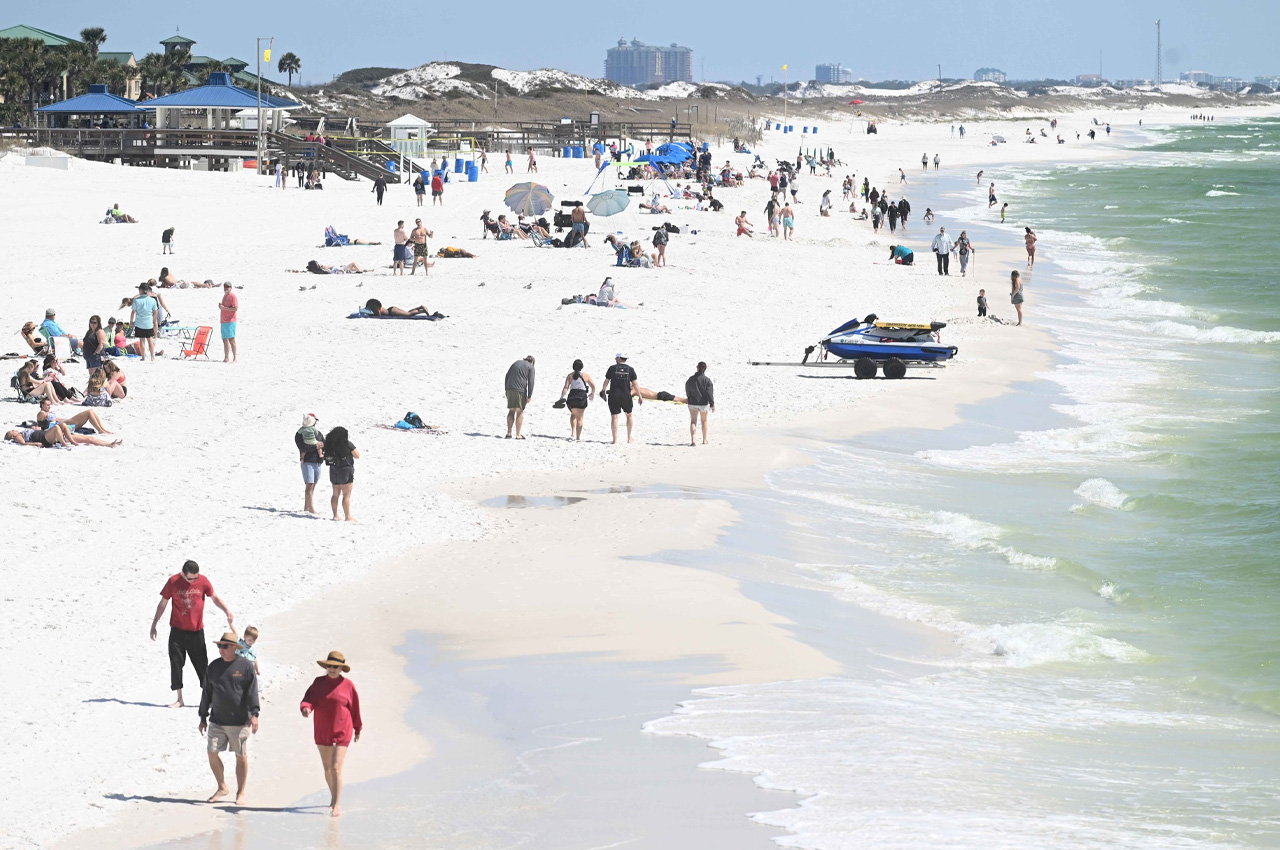A bill advancing through the Florida House aims to dramatically change how tourist development taxes are spent, redirecting funds from tourism promotion to property tax relief.
- House Bill 1221, which passed the House State Affairs Committee on April 22, would require counties to use tourist development tax (TDT) revenues to reduce property taxes rather than funding tourism marketing and development projects.
“There are thousands of local option taxes across the state of Florida. They take in about $6 billion per year,” Rep. Miller said during her presentation to the committee. “These taxes are often extended for decades at a time, and in some cases have no sunset provision at all.”
The legislation would dissolve tourist development councils by the end of 2025 and restrict spending of tourism tax dollars to only existing contracts in force as of January 1, 2025.
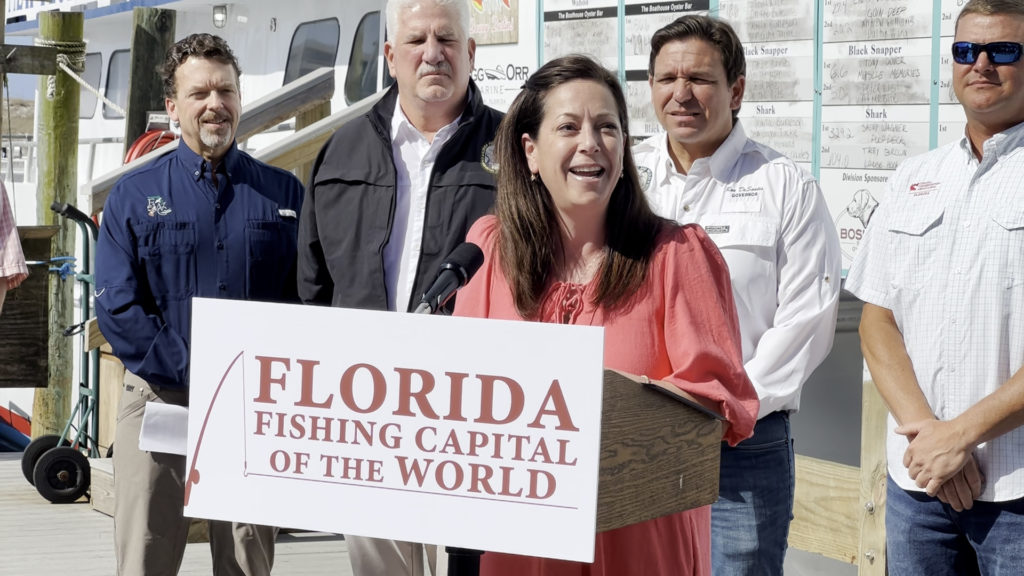
For Okaloosa County, where tourism is a major economic driver, Tourism Director Jennifer Adams expressed concerns about the bill’s potential impacts on local amenities and programs.
- “In 2024, Okaloosa County collected $43,075,000 in tourism taxes,” Adams said. “The county used these dollars to fund tourism promotion projects that influenced 8 million visitors to spend over $710 million directly in the community.”
Beyond direct economic impact, Adams highlighted how tourism tax dollars fund a range of services that benefit both visitors and residents:
“Tourist development taxes pay for beach cleaning and restoration, along with cleaning and maintaining our local parks. They help pay for public safety. Who’s going to make up that deficit?” Adams asked.
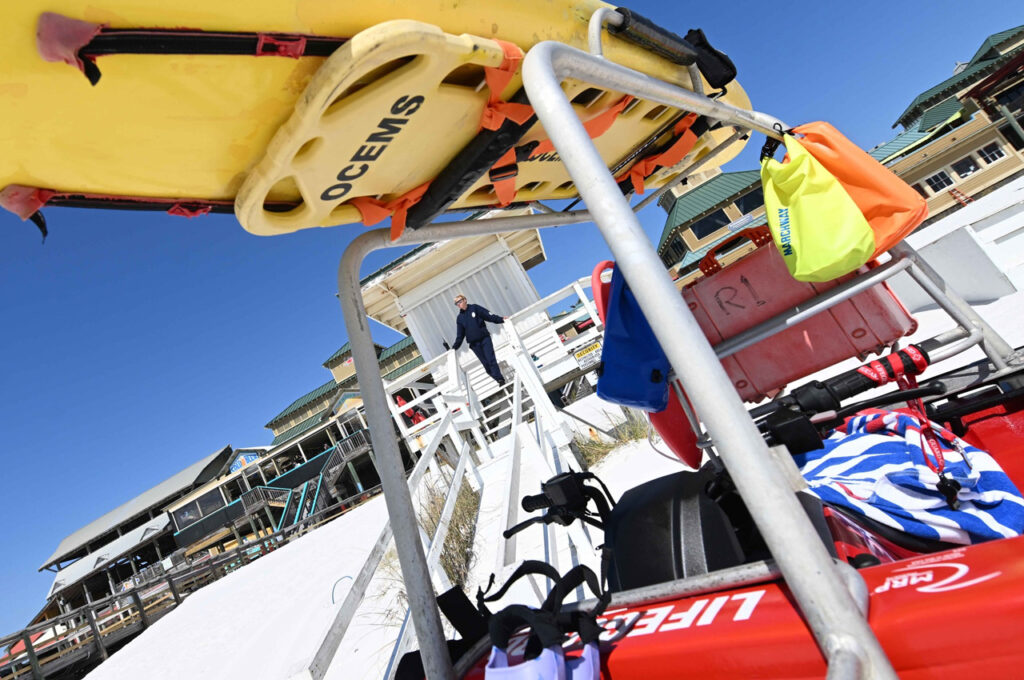
The county currently allocates $3.2 million in tourism tax revenue for public safety initiatives, including lifeguards and beach flag messaging services. Another $2.6 million goes toward beach and waterfront park maintenance.
Under state statute, counties like Okaloosa, Bay, and Walton can spend up to 10% of tourist development taxes on law enforcement, which Adams notes “is not enough.” The statute also requires that if tourism tax money is used for capital projects, at least 40% must be spent on marketing. Okaloosa County currently allocates the minimum 40% to marketing, having reduced it from 50% at the direction of the county board.
- A significant portion of these funds – $4.4 million – supports new product development programs, including the county’s extensive artificial reef network that benefits the local marine ecosystem and attracts visitors year-round.
The artificial reef program has become a centerpiece of the county’s environmental initiatives. Adams highlighted the recent acquisition of the SS United States, which will become one of the largest artificial reefs in the world. The ship will not only create a vibrant marine habitat but will also include a museum component on land.
“The SSUS is not just for us, it’s for the entire region. We’ll have two of the largest artificial reefs in the world right here in northwest Florida,” Adams explained.
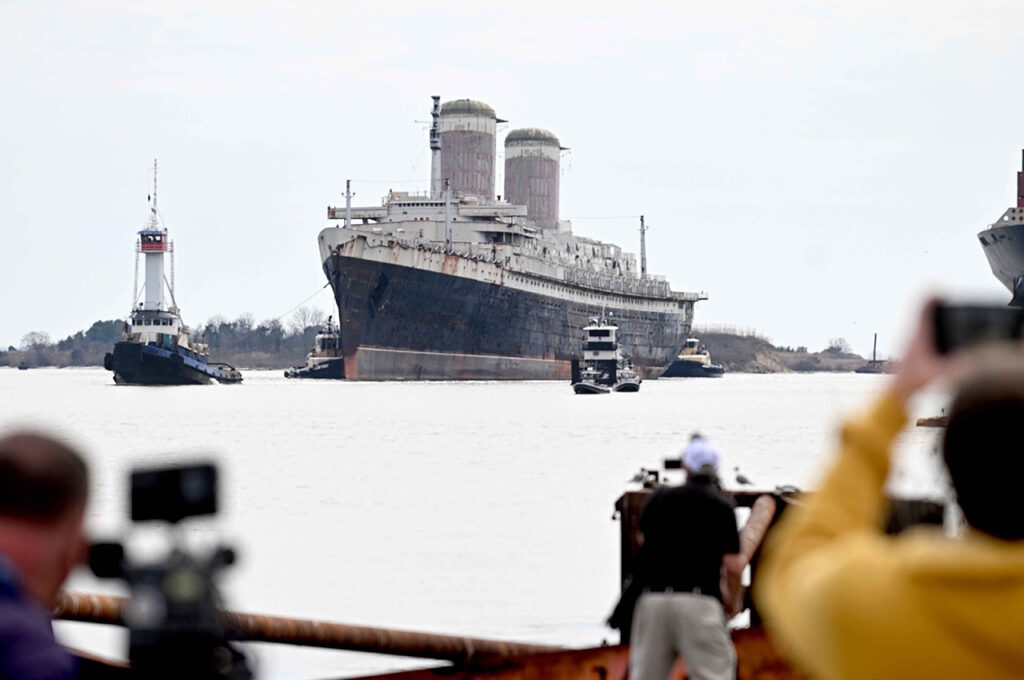
Other environmental programs funded by tourism taxes include the Living Shoreline Project, which helps combat erosion while creating marine habitats, and the Turtle Patrol program that monitors and protects sea turtle nests along county beaches.
- “Last year we had 20 nests, but five of them were Kemp’s Ridley,” Adams said, referring to an endangered sea turtle species.
The county also conducts regular beach cleanups, underwater cleanups at the Okaloosa Pier, and runs an innovative program to control the invasive lionfish population through tournaments and education.
“People are fascinated by lionfish and want to come here for that,” Adams noted. “Our international traveler can hop on a plane on a Friday morning and go to an exotic beach and be back to work on Monday. But when they come to Destin-Fort Walton Beach, even if it’s not sunny, they want to do something different, and lionfish offers that.”
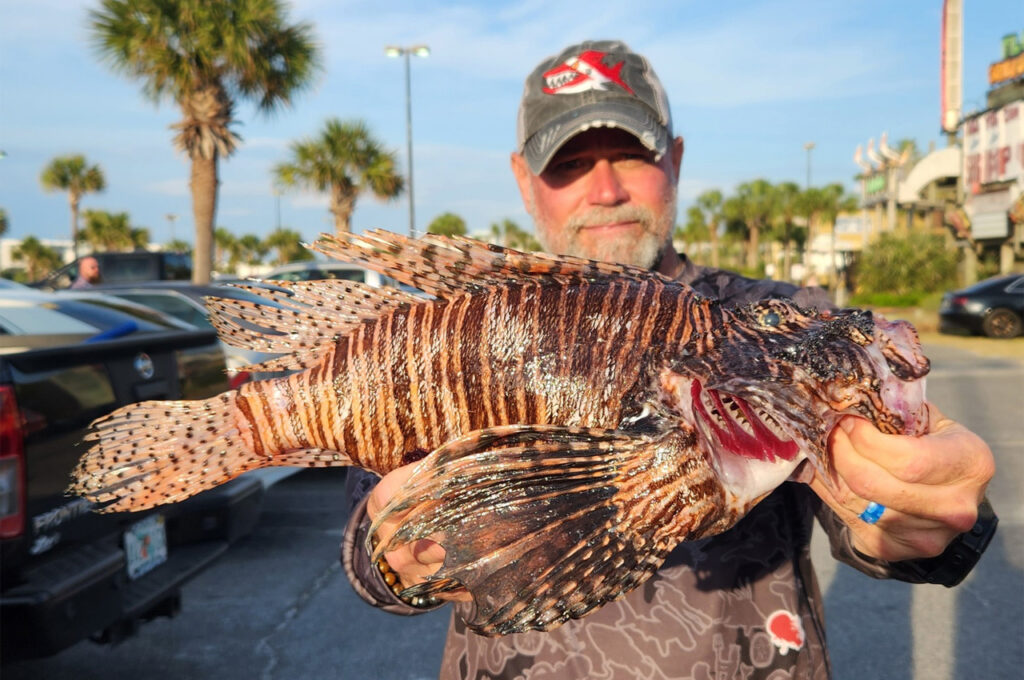
The bill’s supporters argue it would provide much-needed property tax relief. During committee debate, Rep. Cheney backed the measure, saying, “My community is one of the largest contributors of tourist tax into the county coffers. Yet we are assessed for our infrastructure because of all of the use.”
- However, several committee members questioned whether the tax savings would justify potential economic losses. Vice Chair Mooney calculated that the projected statewide savings would amount to approximately “$68.78 per every man, woman, and child in the state.”
“We’d like to have less taxes, but Okaloosa County has the third lowest millage rate in the state,” Adams noted. “So does the millage rate go up? Our low millage is one of the things that attracts people to come and live here.”
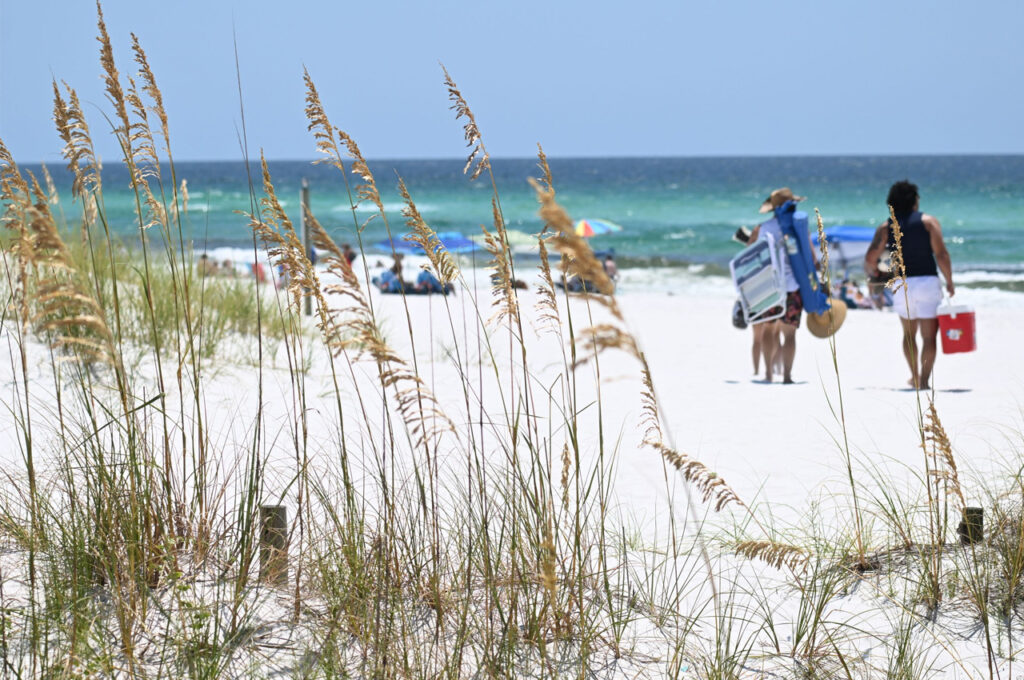
In recent years, Okaloosa County has used tourism tax dollars to purchase properties throughout the county creating recreational opportunities for residents and visitors alike. These include:
- The Baker Recreational and Equestrian Center in the north end.
- Camp Retreat, a wedding venue with 200 acres for outdoor festivals.
- Shoal River Preserve, which is being developed with hiking and walking trails.
- The county fairgrounds, which recently hosted a food truck festival that drew 17,000 attendees.
The county has also developed multiple waterfront parks and beach access points, including:
- Shalimar waterfront park.
- Mary Esther waterfront park.
- Destin beachfront parks at Crystal Shores ($9.75 million total project) and Tarpon ($16.75 million total).
- A new kayak ramp.
- A stage at the Fort Walton Beach Landing Park.
- Improvements to Liza Jackson Park.
- Veterans Park expansions.
- Okaloosa Island’s multi-use path.
Adams emphasized that these investments benefit the entire community, not just tourists.
“We’re not doing North-End, South-End anymore. We’re Okaloosa County,” she said. “The fairgrounds is not only revenue generating, we’re opening it back up for locals to be proud of.”
Through its “Little Adventures” program, the county invested $680,000 directly into local businesses and workers who provide educational experiences for visitors. This program not only enhances visitor experiences but also creates economic opportunities for residents.
- “Over the past four years, I could say we put $3-4 million directly into the local economy,” Adams said regarding these local investment programs. “Our mission is to make time spent here, whether visiting, living or working, more valuable to all.”
The Little Adventures program offers free classes to visitors and locals on activities like snorkeling, cast net throwing, and fishing, taught by local guides and instructors. Adams noted that these programs create a “domino effect” where visitors who learn these skills often return to try more advanced activities. Additionally, the Little Adventures program employs 60 beach and online Scouts from the local area.
“Once you teach a kid, for free, how to put a snorkel on and go snorkeling, which is what we do in some of the classes, maybe their next step when they come back will be to go mermaiding. And then after that, they might learn to dive, and then after that they might go out to the SSUS,” she explained.
- Adams says the county also sponsors numerous community events and sports tournaments that draw both tourists and residents, supporting local businesses throughout the year.
Opponents of the bill cited Colorado’s experience after eliminating its tourism marketing budget decades ago, which reportedly led to a 30% decrease in tourism and took years to recover.
The bill has already passed the full House on April 25 with a 62-45 vote after two amendments were adopted. It now moves to the Senate, where it has been referred to the Appropriations Committee.
Adams hopes lawmakers will reconsider or conduct more thorough analysis before making such significant changes.
“I think if this is going to actually happen, they need to do some studies and see how tourism and the state of Florida is doing,” she said. “I would just hope that the decision makers prevail and really take a hard look at people whose livelihoods this would affect.”

